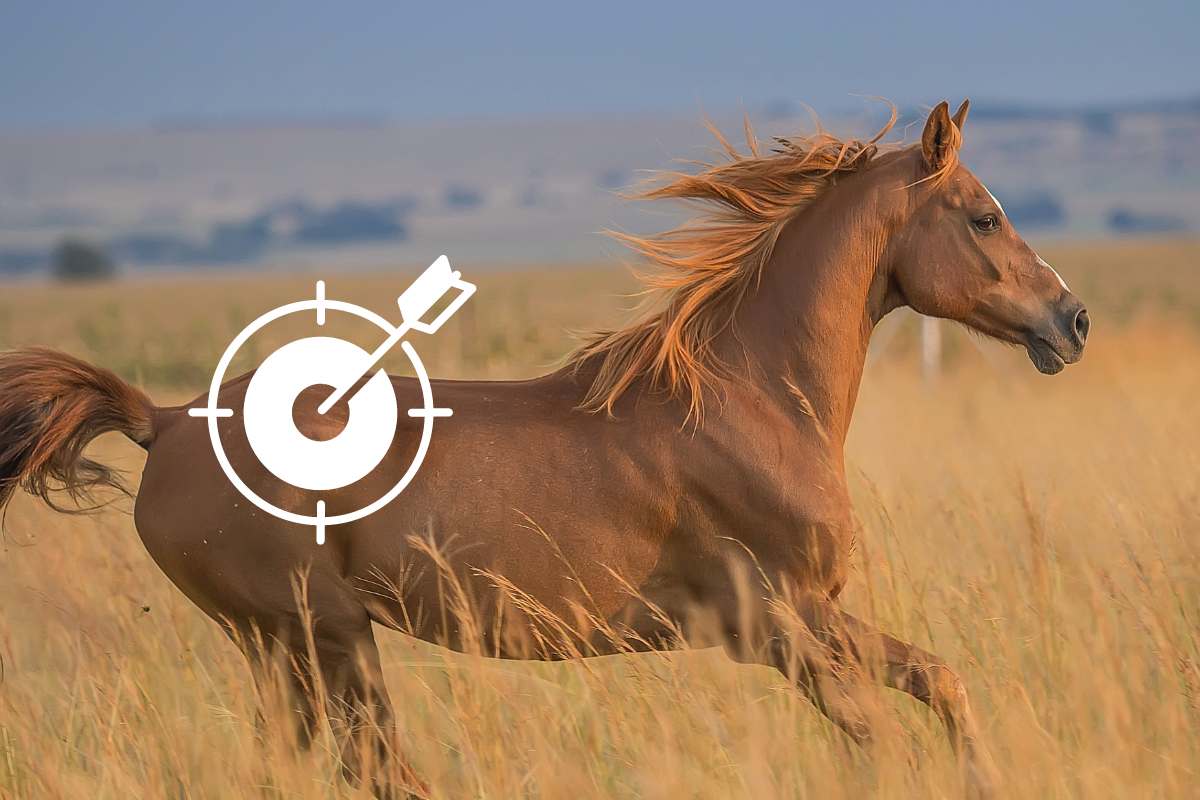The U.S. Senate Committee on Appropriations has advanced language in its Fiscal Year (FY) 2024 Interior, Environment, and Related Agencies funding bill that sets aside $11 million dollars of taxpayer money for wild horse and burro fertility control. This betrays wild horses who are supposed to be protected by the Wild Horse and Burros Act of 1971 and perpetuates the myth that there is an overpopulation of wild horses and burros.
“Shame on so-called wild horse advocates for applauding this misappropriation of funds,” said Priscilla Feral, president of Friends of Animals. “The tragedy of wild horse roundups and PZP exists because the Bureau of Land Management is devoted to turning public lands into feedlots for cows and sheep to appease the meat industry. Friends of Animals finds this morally and ecologically reprehensible, as wild horses are driven off lands to leave the bulk of water, forage and space for doomed domestic animals.”
Increased funding for fertility control is being advocated by groups such as the American Wild Horse Campaign, the Animal Welfare Institute, and the U.S. Humane Society, which obtained U.S. Environmental Protection Agency registration to use PZP on wild horses and burros in 2012. They have become BLM assets, supporting the agency’s arbitrary population targets that it calls “Appropriate Management Levels,” or AMLs. As the National Academy of Sciences reported in 2013, “How AMLs are established, monitored and adjusted is not transparent to stakeholders, supported by scientific information, or amenable to adaptation with new information and environmental and social change.” The BLM, which commissioned this report, has never sought to correct these problems.
The truth is PZP can sterilize mares after multiple doses, increase the mortality rate in foals born to treated mares after the PZP loses its effectiveness, result in social disruptions among herds with treated mares that can damage long-term herd cohesion that is critical to the health of the animals, and places the wild horses at risk of a genetic bottleneck.
Recent roundups in excruciating heat have exposed thousands of wild horses to exhaustion and dehydration across the American West. In Nevada, more than 20 horses died gruesome and unnecessary deaths during long, horrific helicopter chases that ripped them from their families. A few mares are selected to be treated with dangerous fertility control drugs such as porcine zona pellucida (PZP) and returned, maimed and alone, to their now-empty home range. At the heart of this unspeakable cruelty is that the BLM has ramped up its extinction plan for wild horses to placate hugely subsidized livestock and mining interests.
Of the 245 million acres of public land managed by the BLM, 155 million is open to livestock grazing. By contrast, wild horses are restricted to just 26.9 million acres (which continues to decrease under BLM management), and which they must share with livestock. Upwards of 2 million cattle graze public lands, not to mention millions of sheep, and the government has authorized thousands of oil, gas and mineral extraction projects in these areas as well. These activities, not wild horses, are damaging the environment, fragmenting wildlife habitat and contributing to climate change.
Wild horses can dig wells up to six feet deep, creating oases that serve as a boon to other wildlife. Wild horses help to prevent catastrophic fires and build more moisture-retaining soils. Wild horses do not decompose the vegetation they ingest as thoroughly as cattle or sheep, which allows the seeds of many plant species to pass through their digestive tract intact into the soil that the wild horses fertilize with their droppings.
Congress should be focusing on creating environmentally sound, biodiverse rangeland with viable wild horse and burro populations – not throwing taxpayer money at fertility control when wild horses aren’t overpopulated.

